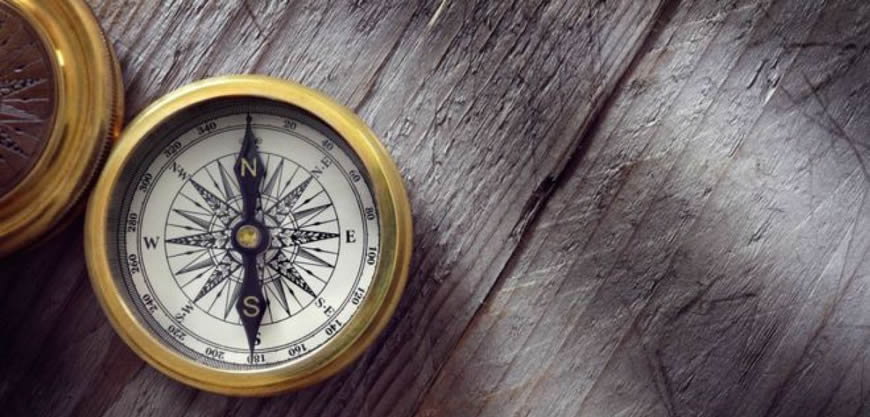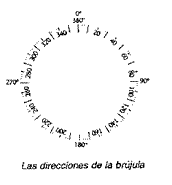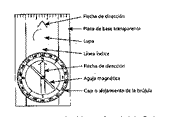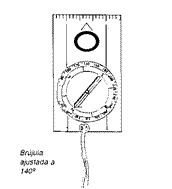This simple device that fits in the palm dela hand and has so few elements you can count on the fingers, has bailed out more than one confused hiker. "With the compass in your pocket, a chief of the Scouts left the camp to fetch supplies. As the road was" clearly "did not take any map. Coming back, when he went back into the woods after crossing a meadow the trail is vaguely distinguished My friend strayed a bit in the wrong direction only a little;... after walking half a day, nothing looked familiar Resisting sinking feeling, rose to a high point and examined the ground up he recognized a lot of rocks in which it had set near the camp. a direction taken with the compass toward the rocks, gave him a straight line to go there. at home again, with provisions! "
Como la aguja de la brújula se alinea por si misma con el campo magnético de la tierra, dicha alineación puede ser influenciada por los objetos metálicos o magnéticos, o por los aparatos electrónicos, que haya alrededor. Por lo general el motivo suele ser artificial: un cuchillo, la hebilla del cinturón, la montura de las gafas, la cámara de fotos o el fotómetro, los prismáticos, la cremallera, alambradas, tendidos eléctricos, el piolet, cubiertos de acero.
Si el objeto está suficientemente cerca de la brújula, aunque sea tan pequeño como un clip, puede enredar las cosas.
Una de las causas más corrientes de desviación de la aguja es otra brújula situada demasiado cerca, esto es, a menos de algunas pulgadas de distancia. Dos excursionistas, comparando las lecturas de sus brújulas o trazando orientaciones en el mismo mapa, pueden tener sus agujas influenciadas mutuamente, de forma que ninguna proporcione una lectura exacta. Rara vez la brújula se estropea por algo que no puedas ver: una perturbación magnética local o un yacimiento de mineral metálico.

 Portugues
Portugues English
English


